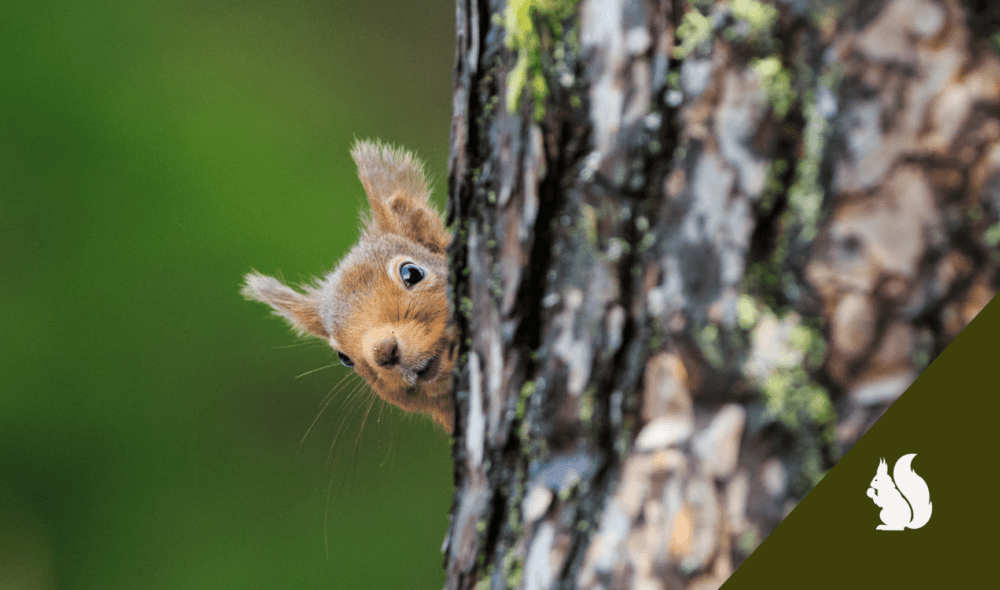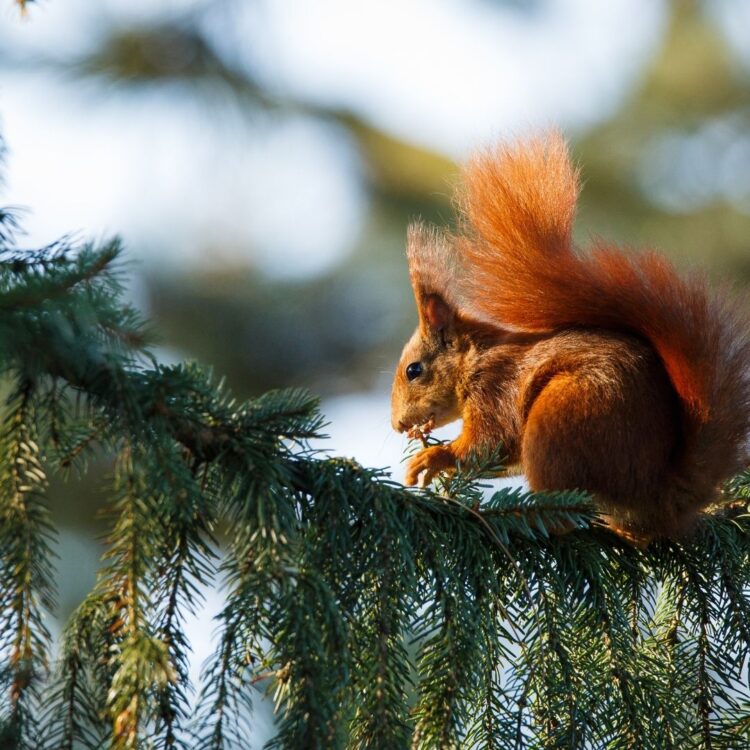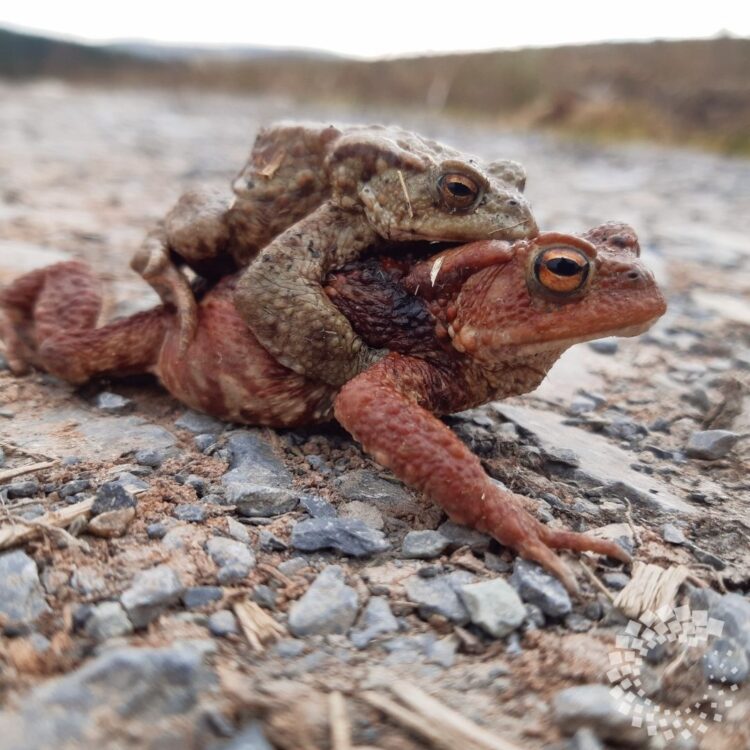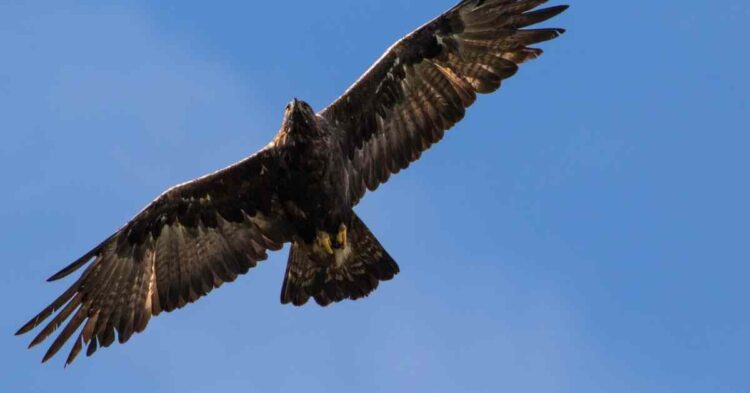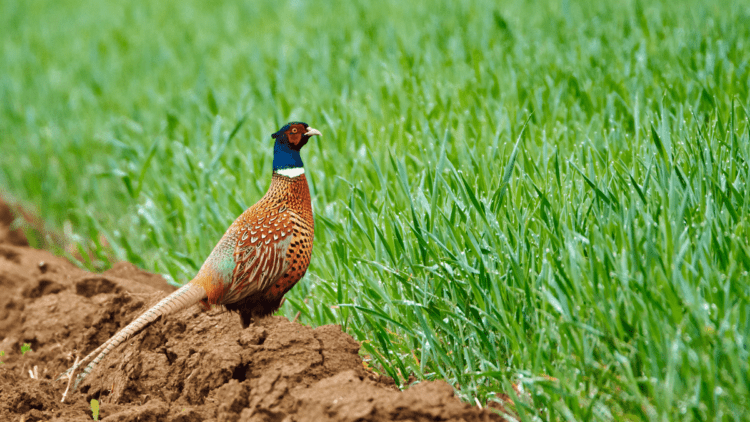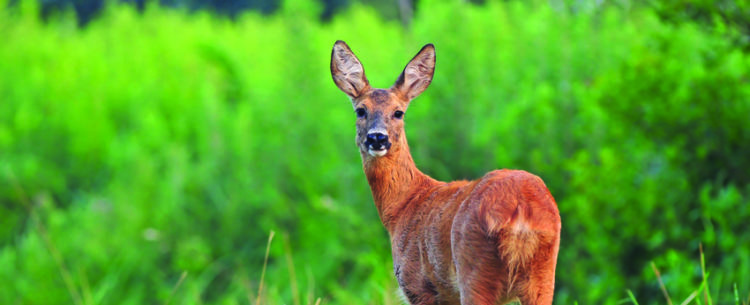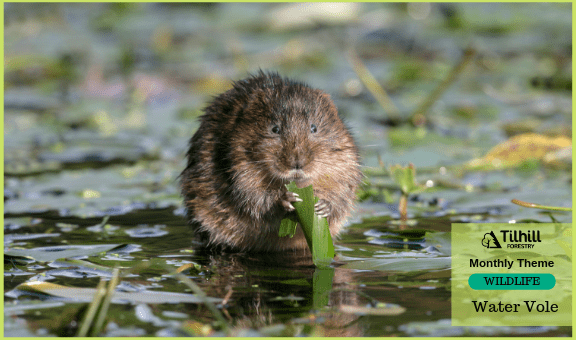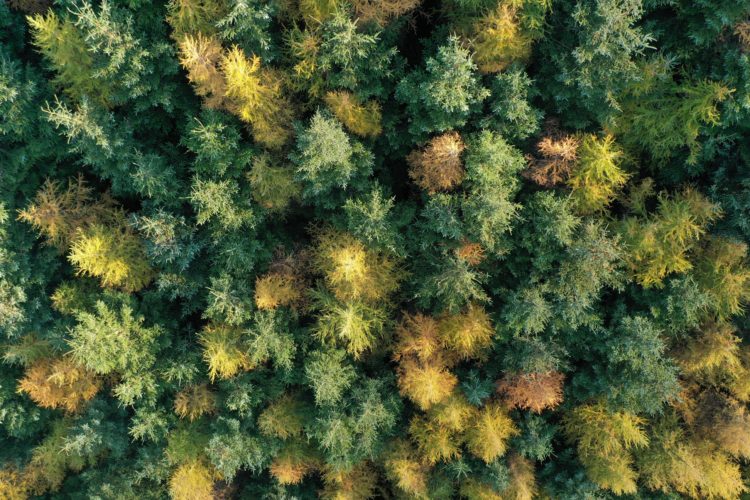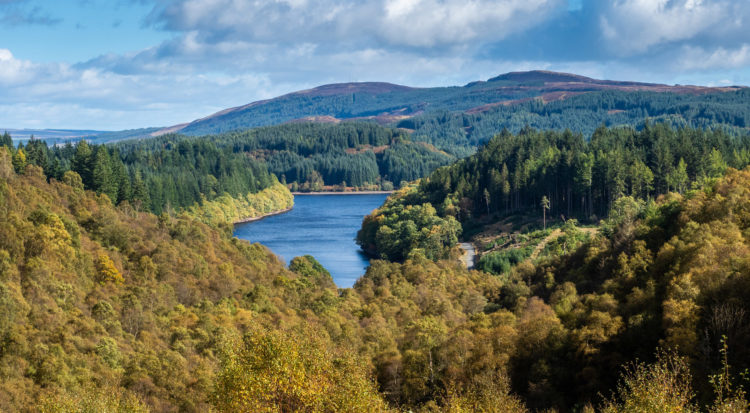Q. John - Looking back at the Confor Biodiversity Report has anything changed in your opinion of productive forests?
A. Not changed just reinforced.
I believe in the multiple benefits and opportunities (environmental, economic and social) that productive forests provide even more strongly now than I ever have. Whilst I am always prepared to consider other people’s views and experiences, my own experience is based on what I have observed and learnt over the last 50 years; that part of my life in which I have been particularly conscious of, and enjoyed spending time in, nature and especially in forests and woodlands. In my professional forestry life, almost 40 years now, helping to create, manage, harvest and replant productive woodlands has provided me with great pleasure and the satisfaction of observing the wide variety of animals and plants that utilise the predominantly productive forests I have worked in.
It is always also a pleasure to share my enjoyment with the increasing numbers of people that I meet in the forests who are mainly either walking and cycling and therefore taking advantage of the forest roads that were created to access the valuable timber resource for the local sawmills – the economic driver for productive forestry. Personally, I have never found our productive forests boring or monotonous, as they are sometimes portrayed by others. All the productive woodlands I have been involved with include native woodland areas, open ground (some containing interesting archaeology), watercourses and wetlands. I do also get a huge sense of satisfaction seeing homegrown timber being harvested and used to build houses, furniture, made into paper and used as a sustainable fuel source.
Jobs that are truly productive and sustainable are few and far between but working in productive forestry is one of those jobs!. They may be productive forests because they are being managed to produce a sustainable timber crop, but they are much more than just a timber creating factory; forests do also provide a range of habitat and food at every stage of their productive cycle which wild animals and plants take advantage of and thrive on.
Q. Have you seen a change in the number of raptors within or flying over these forests?
A. In simple terms, yes.
In the last 15 years in particular I have seen a bigger range of raptor species and more of them. Which species utilise the forest does depend on the structure and age of the parcel. Overall, I have seen increasing numbers and increasing diversity of predators utilising the forests created in the 1960’s/70’s and 80’s. Especially as the forests have matured and are now starting to be harvested and replanted, creating a wider range of habitats. Although, I do also enjoy being in mature and permanent continuous cover woodland and appreciate that it favours the woodland specialist species.
Areas of clearfell provide a habitat that suits some species not considered forest species traditionally. As the clearfell is replanted and the young trees grow, the species using the area change, and, if there is another suitable clearfell area nearby, then the wildlife simply moves with the habitat. Numbers and species types do go up and down in any location from year to year, driven predominantly by prey availability and the general suitability of the habitat to each species, weather and competition for prey. With an increasingly diverse productive forest age structure in the UK I am seeing an increasingly diverse range of habitats and therefore species.
To quote Field of Dreams: “build it and they will come. “
Q. With an interest in the Port Sonachan Red Squirrel Group, have you seen any further changes in the numbers of red squirrels?
A. It is always good to get information from the residents at Port Sonachan on how the local red squirrels are doing.
With the red squirrels, like with all wildlife, I see changes year to year and from location to location. It is always a joy to see a red squirrel, but their numbers do fluctuate with the impacts of weather, food supply and predation. We are fortunate not to have grey squirrel in our forests currently competing with and infecting the red’s, but that does mean that the predators like Pine Marten (as much of a thrill to see) will predate on the red squirrels and predator/prey numbers will rise and fall. That is natural.
Q. How can new woodlands be designed to encourage both an income to the landowner and biodiversity benefits whilst encouraging wildlife?
A. There is no one size fits all.
It is a case of looking at all the opportunities and constraints in any particular area of available land, identify what needs to be protected, and where the productive trees will grow best. There is no point in planting trees where they will struggle to grow nor where there is a more economically productive use for that land. Existing native woodland, wetlands/bogs and mires, watercourses and riparian areas will often provide the basis for corridors of habitat between which productive trees can be planted. But also, the productive trees and their management (plant/establish/mature/fell/restock and repeat) create changing habitats that encourage natural diversity over time. Change is always a balance of pros and cons that need to be recognised and managed.
Q. Do you agree that productive woodlands help areas of existing woodland to become protected as well as expand? If yes, can you explain?
A. It is not a yes or no question I am afraid.
Changing some land use away from management for grazing animals to management to grow productive trees can be the catalyst to identify, secure and expand existing native woodland areas. I would say that in my overall experience, creating productive forests has mostly helped to secure and expand areas of existing woodland.
However, the important step is identifying and protecting the existing woodland. Creating the space and the conditions to allow them to expand through natural regeneration to a size that can be self-sustaining in years to come. This could require creating fenced enclosures, and possibly disturbing existing vegetation and topsoil to create a seed bed that encourages regeneration of the existing woodland trees. This can be done without also creating productive woodland, but foresters like to say, ‘the wood that pays is the wood that stays’.
The UK became one of the least natural and least wooded landscapes in the world over an exceptionally long timescale mainly through increasingly unsustainable exploitation of our natural resources and an increasing population dependent on imported raw materials, such as timber, to live. We remain very reliant on imported timber to provide the housing and other timber-based products that we all need and use every day. The productive woodlands that have now been created over the last 100 years, mostly on land unsuited to establish new native woodlands on, have had a clear and evident positive impact environmentally (carbon sequestration/storage/product substitution and increased biodiversity), economically (rural jobs and imported timber substitution) and socially (increased rural resilience and accessible amenity).
Rewilding and native woodland expansion undoubtedly also have a place in the future of the UK countryside, and it can and does happen alongside productive forest management already. Personally, I do not want different woodland types and management objectives as competing land uses. My experience is that productive forestry, alongside native woodlands, complement each other to make our countryside more environmentally, economically and socially sustainable alongside sustainable farming and food production.
I like diversity and that means appreciating all the good things productive woodland creation and management provides along with protecting and expanding the native woodlands and open land we still have. Stronger Together – as long as everything is valued for what it contributes to the overall balance of land use within our finite land resource in the UK.



